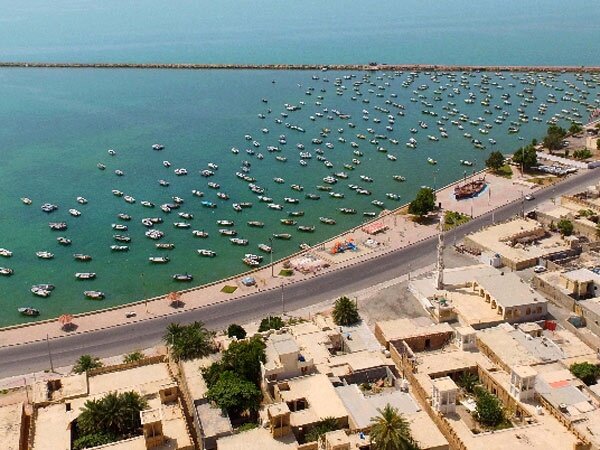Bandar Khamir, Varzaneh accredited as Ramsar Wetland Cities

TEHRAN – The cities of “Bandar Khamir” near the Khorkhoran International Wetland in Hormozgan province and the city of “Varzaneh” near the Gavkhuni International Wetland in Isfahan province were awarded the title of Wetland City by the Ramsar Convention.
The Wetland City Accreditation of the Ramsar Convention aims to further promote the conservation and wise use of urban and peri-urban wetlands, as well as sustainable socio-economic benefits for local populations.
The accreditation will encourage cities that are close to and dependent on wetlands, primarily Wetlands of International Importance, but also wetlands with other conservation category status, to develop and strengthen a positive relationship with these valuable ecosystems, for example through increased participation and public awareness, as well as careful consideration of wetlands in municipal planning and decision-making.
A candidate city for the Wetland City Accreditation will be assessed and recommended as an Accredited Wetland City by an Independent Advisory Committee, after being proposed by the Contracting Party (through its Ramsar National Focal Point or Head of Administrative Authority) on whose territory it stands.
Cities complying with each accreditation criterion described within Resolution XII.10 are invited to complete the nomination form.
Wetland Cities
Bounded by the Persian Gulf, Bandar Khamir is the only city located on the coast of the Khorkhoran Wetland, one of the largest and most important marine environments in the country.
In 2018, Bandar Khamir got the international accreditation to be a Ramsar wetland city.
It has also joined the UNESCO Network of Learning Cities this week, according to UNESCO, and received a certificate of membership in the network.
Stretching 47,000 hectares, Gavkhuni is a salt marsh with an average depth of about 1 m. which is located in the terminal basin of the Zayandeh-rud river.
It is the 19th wetland in Iran designated as a Wetland of International Importance on the Ramsar list, which as defined by the Ramsar Convention for the conservation and sustainable use of wetlands, recognizes the fundamental ecological functions of wetlands and their economic, cultural, scientific, and recreational value.
The Convention was adopted in the Iranian northern city of Ramsar in 1971 and came into force in 1975.
Wetlands importance
Wetlands are ecosystems saturated with water, either seasonally or permanently. They store water and ensure its quality, providing resilience against drought. They play a central role in sustainable development by supplying all our freshwater.
Wetlands play a major role in protecting the land against floods and the impacts of storms. They provide food and diverse habitats which support genetic, species, and ecosystem biodiversity. Wetlands play a key role in the life cycles of many species and in annual migration patterns.
Unfortunately, wetlands are being degraded and lost due to pollution, overexploitation, climate change, and human population growth. In recognition of these challenges, the RAMSAR Convention, an international treaty, was adopted in 1971.
Ramsar Wetlands are sites inscribed on the List of Wetlands of International Importance (the "Ramsar List") under the Convention on Wetlands.
FB/MG

Leave a Comment